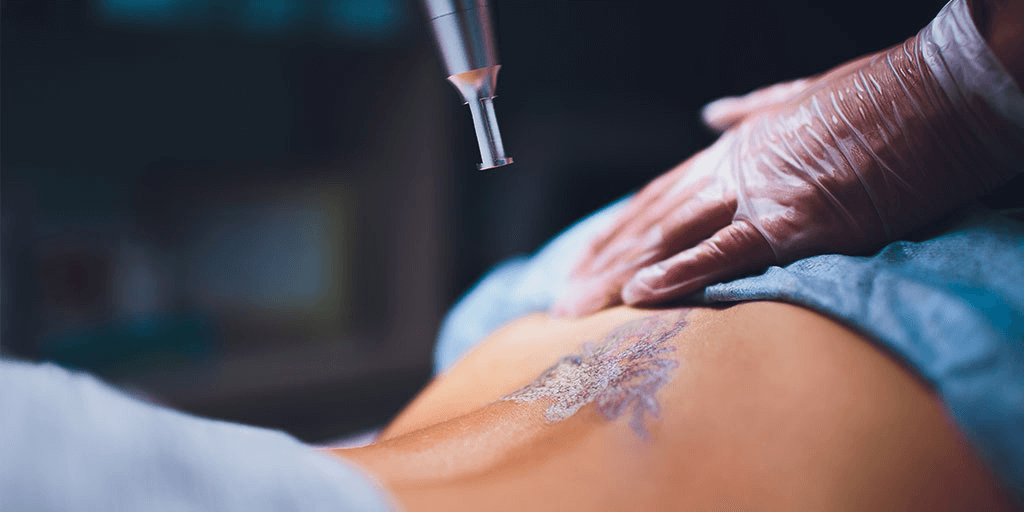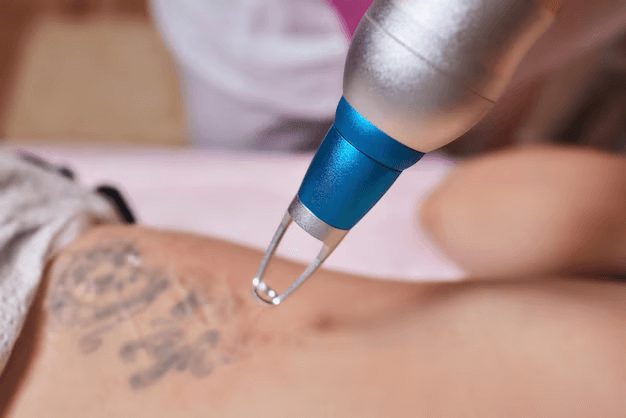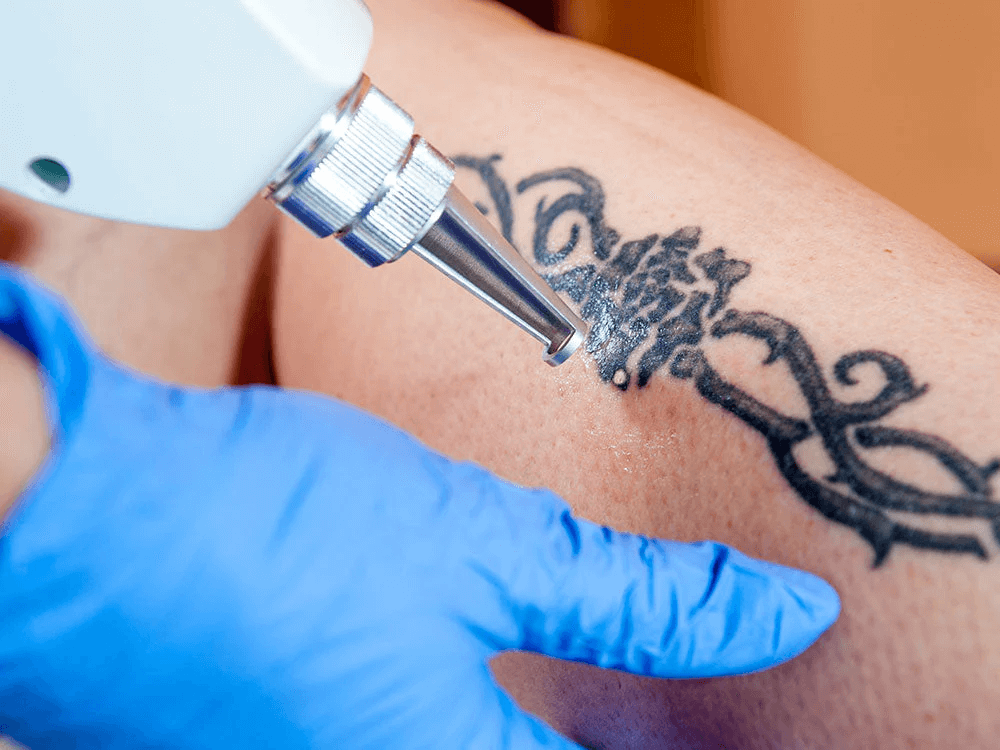Once, that tattoo seemed like a good idea. Maybe it marked a special moment, a favorite quote, or just a spontaneous night out. But tastes change, and people change too. If your tattoo no longer feels right, you’re not alone. Millions are now choosing to remove their ink and move on with clearer skin and renewed confidence.
But not all tattoo removal methods are the same. Some are quick but risky. Others are safe but slow. And some just don’t work at all. Let’s clear up the confusion and see what actually works, what to avoid, and how to find the right method for your skin and goals.
Lasers Are Leading the Way
When it comes to effective and quick tattoo removal, laser technology is the top choice. Modern lasers are far ahead of older methods, and they’ve changed the industry with their accuracy, safety, and real results.
The most advanced option today is the PicoWay laser, which uses ultra-short picosecond pulses to break tattoo ink into tiny particles. These particles are then naturally eliminated by your immune system. What makes it stand out is how fast it works and how gentle it is on your skin.
Older lasers used nanosecond pulses, which were slower and produced more heat. This extra heat often meant more discomfort, a higher chance of scarring, and longer healing times. PicoWay, however, targets ink without heating the surrounding tissue. This makes it safe for all skin tones and reduces the number of sessions needed.
The Salabrasion Challenge
One of the oldest and harshest tattoo removal methods is salabrasion. This technique involves rubbing salt and an abrasive device on the skin to remove the upper layers where the ink is. It is very painful, leaves the skin raw, and often causes permanent scarring.
While it was once a popular option before lasers became common, salabrasion is now mostly outdated and not recommended by dermatologists and skincare pros. The healing process is long, the infection risk is high, and the results can be unpredictable.
If you’ve seen this method promoted online, be cautious. The potential damage far outweighs any benefits.
Dermabrasion – Sanding Down the Skin
Similar to salabrasion, dermabrasion involves mechanically sanding the skin to reach the tattoo ink. This method is a bit more refined and is performed under medical supervision, but it still involves removing layers of skin and causing significant trauma.
While dermabrasion can sometimes fade tattoos, it has many side effects, like bleeding, swelling, infection, and scarring. It’s rarely used as a primary removal method today, especially with the availability of safer, more advanced laser technology.
Dermabrasion might be considered only for small areas or when laser removal isn’t possible due to rare medical reasons.
Tattoo Removal Creams – Too Good to Be True?
The idea of a cream that magically fades your tattoo sounds amazing. Sadly, it’s mostly marketing hype. These creams claim to break down ink over time by bleaching or peeling the skin, but they can’t reach the deep layers where tattoo ink is actually stored.
At best, these creams might cause mild skin irritation. At worst, they can cause chemical burns, uneven skin tone, or allergic reactions. After weeks or months, the tattoo usually looks the same. Although they are cheap, they often waste your time and money. If something seems too easy, it probably is.
Surgical Removal – Removing the Ink, Literally

In some cases, surgical excision may be an option. This involves physically cutting out the tattooed skin and stitching it closed. It’s a sure way to remove a tattoo completely, but it’s also the most invasive method.
Surgical removal is usually for small tattoos in areas where scarring can be minimized. It’s done under local anesthesia and requires recovery time. While the tattoo is gone for good, a scar will always be there.
For those with allergic reactions to tattoo ink or specific medical issues, surgery might be the best choice. But for most people, laser removal offers a better balance of results and appearance.
Why Speed Isn’t Everything
While it’s natural to want your tattoo gone quickly, real removal takes time. How fast your tattoo fades depends on many factors, including ink color, age, depth, placement, and your immune response.
PicoWay lasers deliver some of the fastest results today, often needing fewer sessions than other systems. But even with the best equipment, complete removal can take several months, as treatments are spaced out to allow skin to heal and the body to clear the ink.
Which Is the Best Option?
If you want a removal method that’s fast, effective, and safe, laser technology is your best choice – and PicoWay is at the top. Unlike older or riskier methods, lasers work with your body, not against it, to gently and gradually erase the ink.
Always pick a provider who specializes in tattoo removal, uses FDA-approved laser systems, and tailors treatments to your skin type and tattoo. Avoid shortcuts and miracle cures.

